The Isabella Stewart Gardner Museum Theft: Part Three
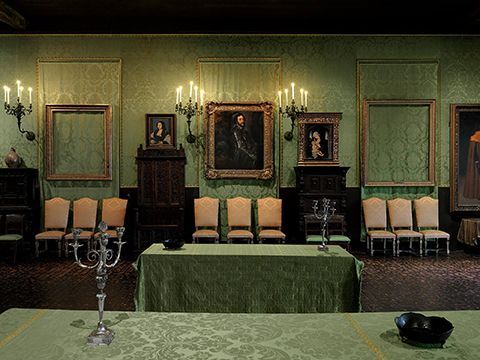
The paintings stolen from the Isabella Stewart Gardner Museum on 18th Match 1990 have just disappeared. The room with the empty frames a constant reminded of the loss.
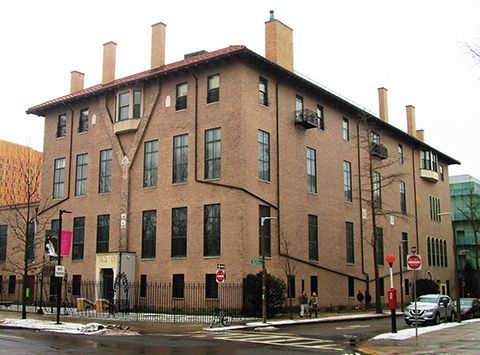
The return of the Gardner’s works remains a top priority. The Museum, the FBI, and the US Attorney's office are still seeking viable leads that could result in safe return of the art. The Museum is offering a $10 million dollar reward for information leading directly to the safe return of the stolen works. (A share of the reward would be given in exchange for information leading to the restitution of any portion of the works.) A separate reward of $100,000 is being offered for the return of the Napoleonic eagle finial. Anyone with information about the stolen artworks should contact Director of Security Anthony Amore at 617 278 5114 or [email protected]. Confidentiality is assured.1
I found these notices and the reward for information seems to have been increased.
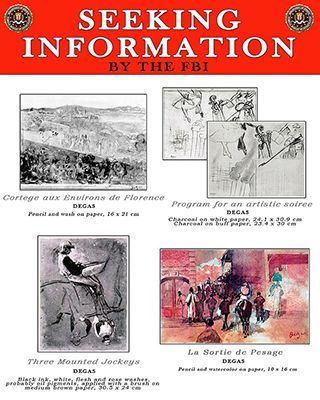
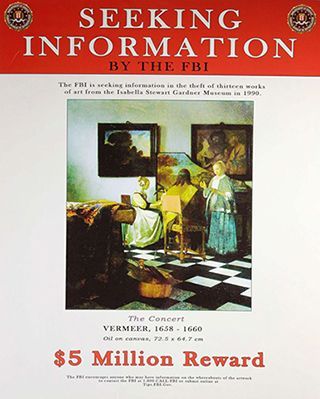
The stolen works were originally procured by art collector Isabella Stewart Gardner (1840–1924) and intended for permanent display at the museum with the rest of her collection. Among them was The Concert, one of only 34 known paintings by Johannes Vermeer and thought to be the most valuable unrecovered painting in the world. Also missing is The Storm on the Sea of Galilee, Rembrandt's only seascape...Experts were puzzled by the choice of artwork, since more valuable works were left untouched. The collection and its layout are permanent, so empty frames remain hanging both in homage to the missing works and as placeholders for their return.2
The FBI believes that the robbery was planned by a criminal organization. The case lacks strong physical evidence, and the FBI has largely depended on interrogations, undercover informants, and sting operations to collect information. They have focused primarily on the Boston Mafia which was in the midst of an internal gang war during the period. One theory is that gangster Bobby Donati organized it to negotiate for his caporegime's release from prison; Donati was murdered a year after the robbery. Other accounts suggest that the paintings were stolen by a gang in Boston's Dorchester neighborhood, though they deny involvement even after a sting operation put some of them in prison. All have denied any knowledge or have given leads that were fruitless, despite being offered reward money, reduced prison sentences, and even freedom if they gave information leading to recovery of the art. 2
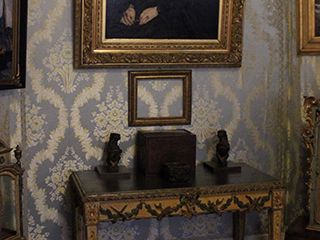
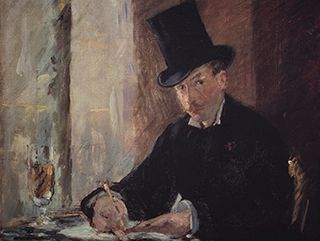
The Isabella Stewart Gardner Museum was constructed under the guidance of art collector Isabella Stewart Gardner (1840–1924) to house her personal art collection. The museum opened to the public in 1903, and Gardner continued to expand the collection and arrange it until she died in 1924. She left the museum with a $3.6 million endowment, and her will stipulated that the arrangement of the artwork should not be altered and no items were to be sold or bought into the collection.2
By the 1980s, the museum was running low on funds. This financial strain left the museum in poor condition; it lacked a climate control system and an insurance policy, and was in need of basic building maintenance. After the Federal Bureau of Investigation (FBI) uncovered a plot by Boston criminals to rob the museum in 1982, the museum allocated funds to improve security. Among these improvements were 60 infrared motion detectors and a closed-circuit television system consisting of four cameras placed around the building's perimeter. There were no cameras installed within as the board of trustees thought installing such equipment in the historical building would be too expensive. More security guards were hired as well. Despite these security improvements, the only way police could be summoned to the museum was with a button at the security desk. Other museums at the time had fail-safe systems which required night watchmen to make hourly phone calls to the police to indicate all was well.2
An independent security consultant reviewed the museum's operations in 1988 and determined they were on par with most other museums, but recommended improvements.The security director at the Museum of Fine Arts in Boston also suggested security upgrades to the museum. Because of the museum's financial strain and Isabella Stewart Gardner's wishes against any major renovations, the board of trustees did not approve these security enhancements. The board also denied a request from the security director for higher guard salaries in a bid to attract more qualified applicants for the job. The current guards were paid slightly above minimum wage. The security flaws of the museum were an open secret among the guards.2
To read more about the paintings and other pieces which were stolen please follow the bookmark links as given below.


Tomorrow you will be introduced to a French conceptual and installation artist Sophie Calle who responded to the theft at the museum in a series of works which moved the focus from one of sadness and loss to one of creativity and life.
Credits
1. gardnermuseum.org
2. en.wikipedia.org
3. commons.wikimedia.org
4. fbi.gov

